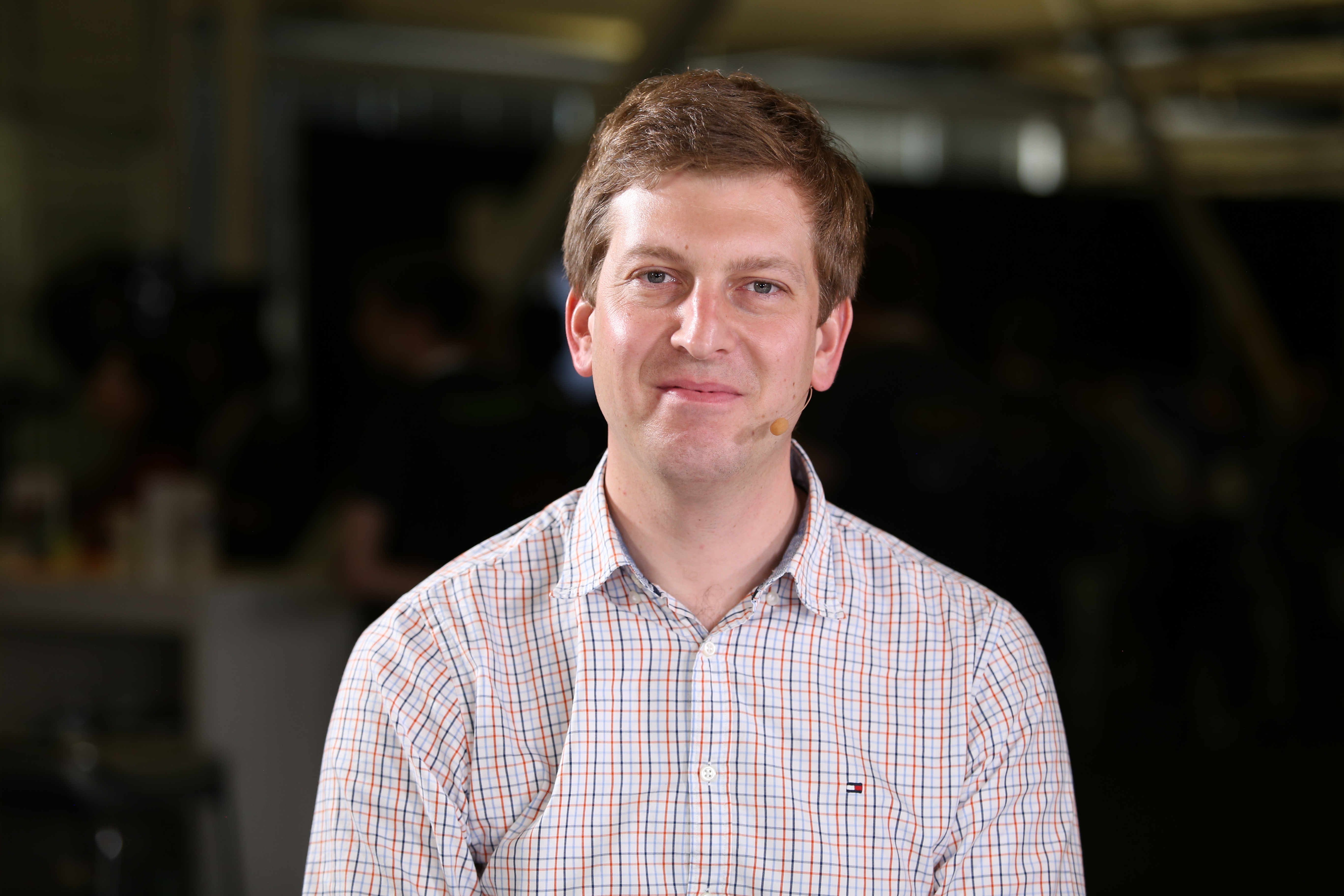 EMERGING TECH
EMERGING TECH
 EMERGING TECH
EMERGING TECH
 EMERGING TECH
EMERGING TECH
GPS systems and Google Maps have helped countless lost drivers reach their destinations. What about patients lost in a maze of hospital hallways? Or students rushing to make a class on a winding college campus? Wi-Fi 6, sensors and mapping tech are birthing a new breed of navigation and monitoring applications.
“What we see is a lot of evolution in Wi-Fi and the kind of capabilities that [it has] in positioning people,” said Mathieu Gerard (pictured), co-founder and chief technology officer of Mapwize.io. The new Wi-Fi 6 will bring new capabilities for services and applications that leverage data. In fact, that — not the bandwidth — is the really interesting news about Wi-Fi 6, according to Gerard.
“For us, it’s really the kind of data that you can get from the Wi-Fi — making sure that all the [internet of things] devices can be deployed in more and more of those buildings,” he said. IoT devices and sensors connected to Wi-Fi open up a new landscape of data collection and analytics. This can potentially tell people all sorts of helpful, interesting things about a location and the people in it.
Gerard spoke with Lisa Martin (@LisaMartinTV) and John Furrier (@furrier), co-host of theCUBE, SiliconANGLE Media’s mobile livestreaming studio, during the DevNet Create event in Mountain View, California. They discussed Wi-Fi 6 and its potential in navigation and monitoring use cases (see the full interview with transcript here). (* Disclosure below.)
Mapwize is partnering with Cisco Systems Inc. to combine sensors with mapping to paint detailed pictures of environments. Capturing and analyzing live data coming from the sensors in the building has use cases for office buildings and their employees. For example, they can check to see whether a meeting room is available. A small sensor that detects presence can broadcast to the cloud and display the info on the map, according to Gerard.
Medical staff would surely like to provide hospital visitors with a mapping and navigation app. They’re often interrupted by lost visitors needing directions. “So you ask people that are actually saving lives how to get to your next appointment, which we feel is kind of a waste,” Gerard stated.
There are, of course, privacy questions in cases where sensors can detect people’s presence and behavior. A sensor over one’s desk at work probably wouldn’t delight many employees. But sensor technology to prevent unlawful behavior is also conceivable.
“I think it’s important that any developer building an application with that data is aware of that privacy issue and can know when to anonymize the data,” Gerard concluded.
Watch the complete video interview below, and be sure to check out more of SiliconANGLE’s and theCUBE’s coverage of the DevNet Create event. (* Disclosure: TheCUBE is a paid media partner for the DevNet Create event. Neither Cisco Systems Inc., the sponsor for theCUBE’s event coverage, nor other sponsors have editorial control over content on theCUBE or SiliconANGLE.)
THANK YOU